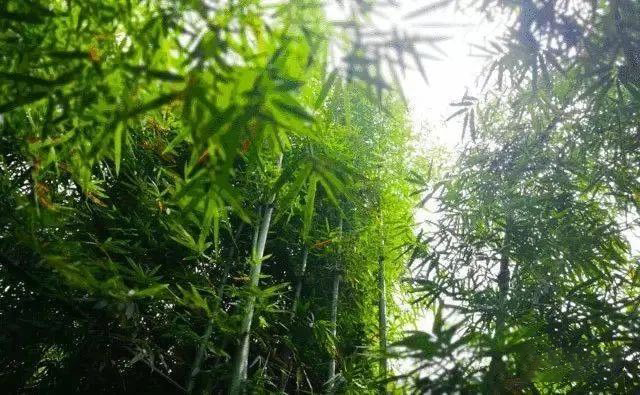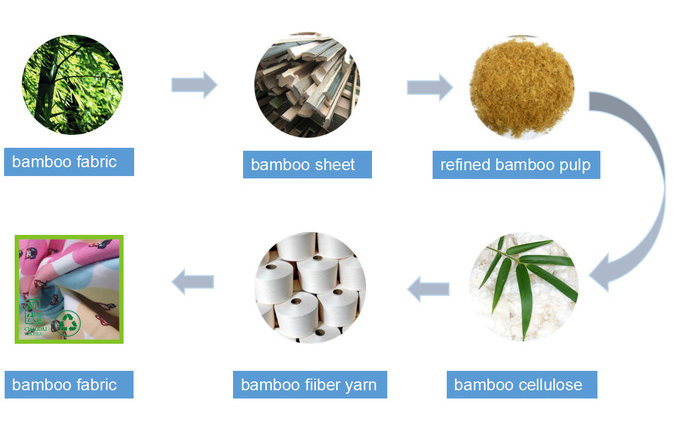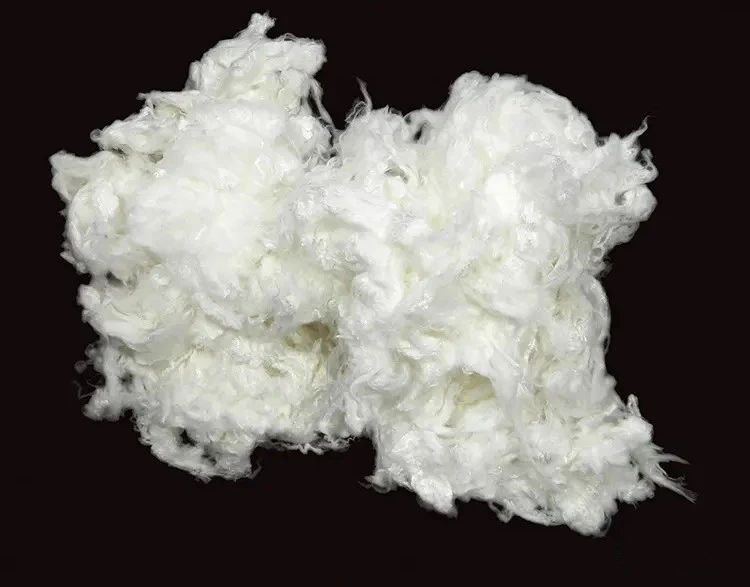A Brief Introduction To Bamboo Fiber
Published On: April 15, 2024 By: ray herb

Bamboo fiber is a cellulose material derived from naturally-grown bamboo that boasts excellent breathability, instant water absorption, natural antibacterial protection, mite removal capabilities, deodorizing abilities and UV ray blocking features.

Bamboo fiber production processes:
Bamboo fiber is extracted from naturally grown three or four year old bamboo, which is then steamed at high temperatures to form pulp, extract cellulose, undergo processes such as gelatinization and spinning in order to regenerate it into new cellulose fiber. The production process does not add chemicals; thus making it natural, green, healthy, and safe.

Bamboo Fiber Properties and Characteristics:
1. Eco-Friendliness and green technologies
Bamboo’s quick growth cycle and rapid three-foot increase over night make it a sustainable solution to wood and cotton shortages, while biodegradable textiles crafted from bamboo fiber provide greater ecological protection.

2. “Bamboo Quinone”
Bamboo fiber contains natural antimicrobial, antibacterial, and bactericidal effects that have been scientifically documented by microscope analysis; less than 25% of bacteria survive after 24 hours on bamboo fiber products due to an exclusive compound called “bamboo quinone”.
3.Soft and Comfortable
Bamboo fiber products are skin friendly, fluffy and light with good drape, cotton-like softness and silk-like smoothness for ultimate zero pressure comfort.
4.Natural HealthWood has long been an integral part of human life, and its medicinal uses and formulations have been documented by 24 points in the Compendium of Materia Medica; antioxidant compounds found within bamboo elements have the capacity to effectively eliminate free radicals within our bodies and produce anti-aging effects biologically.

5.UV Resistance
Cotton’s ultraviolet (UV) penetration rate is 25% while bamboo fiber’s UV penetration rate is less than 0.6% – its UV resistance being four and one half times that of cotton.
6. Warm in winter and cool in summer
Bamboo fiber stands alone when it comes to its ability to both warm in winter and cool in summer, and textiles made of it have earned themselves the name “second skin of humans.” When used during the hotter seasons such as summer or autumn, its fabric makes people feel cool while at the same time providing breathability; and used during cooler winter and spring weather months it becomes fluffy yet comfortable, eliminating excess heat from our bodies and moisture build-up.
7. Absorption and Breathability

Bamboo fiber stands out among fibers for its moisture absorption and breathability properties, boasting nearly three-four times more absorbency than cotton and featuring unique pores that make its pores more breathable than ordinary cotton, earning praise from experts as a “breathable fiber”.
8.Deodorizing effect
The special ultra-fine pore structure inside bamboo fiber enables it to have strong adsorption capacity, which can adsorb harmful substances such as formaldehyde, benzene, toluene, ammonia, etc. in the air, eliminate unpleasant odors, and remove unpleasant odors attached to clothing after long-term wear.
Maintenance Tips
1. Before washing the fabric, lightly rinse it with water to make it smoother and less likely to fade during subsequent cleaning processes.

2. Always ensure a room-temperature wash, do not soak for too long, and try to stay out of direct sunlight or drying altogether – simply air dry naturally.
3. When cleaning bamboo fabric fabrics, chlorine bleaching and the addition of softeners are not permitted and medium (alkaline) washing products usually provide sufficient cleaning action.
4. Can be ironed at temperatures lower than cotton requirements; when storing, fold neatly and put several camphor balls in an inconspicuous dark, low humidity, ventilated place.
